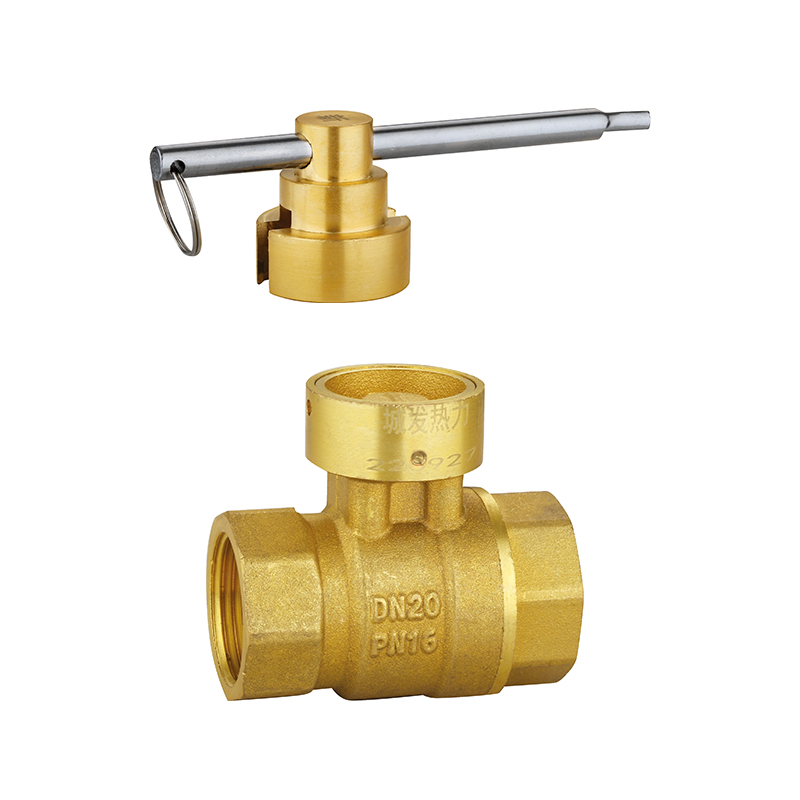Hydro Sanitary Heating Valves: A Historical and Technical Perspective
Hydro sanitary heating valves factory represent a fundamental component in modern heating, ventilation, and sanitary systems. These valves play a critical role in regulating the flow of water or steam in heating circuits, ensuring safety, efficiency, and comfort in residential, commercial, and industrial buildings. Understanding the origin of hydro sanitary heating valves provides valuable insight into their development, technological evolution, and their enduring significance in plumbing and heating engineering.

The Early Need for Flow Control in Heating Systems
The concept of controlling fluid flow within heating and sanitary systems dates back to the earliest attempts at indoor heating and water supply. Ancient civilizations such as the Romans developed rudimentary plumbing systems and hypocaust heating methods, using lead pipes and channels to distribute hot water and steam beneath floors.
While these early systems showcased impressive engineering for their time, they lacked precise control mechanisms. The regulation of water or steam flow was often manual, crude, or dependent on natural pressure differences, limiting system efficiency and safety.
As urbanization increased during the Industrial Revolution, the demand for reliable, safe, and controllable heating and plumbing systems grew significantly. This period marked the beginning of modern heating technologies and the development of components designed specifically to manage fluid flow.
The Birth of Valves for Heating and Sanitary Applications
The 19th century saw considerable advancements in valve technology. Early valves were adapted from general industrial applications to meet the specific requirements of heating and sanitary systems. These valves needed to withstand higher temperatures and pressures, offer reliable sealing, and allow users to adjust flow rates easily.
One of the key milestones was the development of gate valves, globe valves, and ball valves suitable for hot water and steam distribution. These valves became standard components in boilers, radiators, and pipe networks.
The term “hydro sanitary heating valve” emerged as manufacturers began producing valves tailored for combined water (hydro) and heating (thermal) applications, integrating features that ensured hygiene, corrosion resistance, and compatibility with potable water supplies.
Technological Innovations Driving Valve Evolution
Several technological innovations have shaped the evolution of hydro sanitary heating valves:
Material Improvements: Early valves were primarily made from brass, cast iron, or steel. Over time, the introduction of corrosion-resistant materials like stainless steel and specialized polymers improved valve durability and hygiene, especially important for sanitary water systems.
Sealing Technologies: The development of resilient sealing materials such as rubber, Teflon, and synthetic compounds allowed valves to achieve better leak-proof performance and easier operation.
Control Mechanisms: The integration of thermostatic and pressure-sensitive elements into valve design enabled automatic regulation of flow and temperature, reducing manual intervention and improving system safety.
Standardization: The establishment of industry standards and certifications ensured valve compatibility, safety, and performance consistency across manufacturers and applications.
The Role of Hydro Sanitary Heating Valves Today
Today, hydro sanitary heating valves fulfill essential roles in diverse systems:
Flow Regulation: Valves control the volume of hot water or steam delivered to heating elements, enabling balanced temperature distribution and energy efficiency.
Safety Protection: Pressure relief and safety valves prevent system overpressure, reducing the risk of pipe bursts or equipment damage.
Isolation: Shut-off valves allow maintenance and repairs without draining entire systems, reduce downtime.
Sanitary Compliance: Valves designed for potable water ensure hygienic operation, preventing contamination and bacterial growth.
Modern hydro sanitary heating valves often incorporate automation and remote control capabilities, integrating with smart building management systems to optimize energy use and comfort.



 English
English русский
русский Español
Español عربى
عربى


